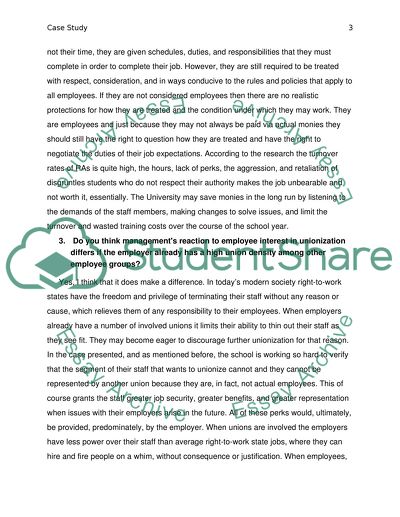Cite this document
(“Collective Bargaining at West University Case Study”, n.d.)
Collective Bargaining at West University Case Study. Retrieved from https://studentshare.org/human-resources/1488531-collective-bargaining-at-west-university
Collective Bargaining at West University Case Study. Retrieved from https://studentshare.org/human-resources/1488531-collective-bargaining-at-west-university
(Collective Bargaining at West University Case Study)
Collective Bargaining at West University Case Study. https://studentshare.org/human-resources/1488531-collective-bargaining-at-west-university.
Collective Bargaining at West University Case Study. https://studentshare.org/human-resources/1488531-collective-bargaining-at-west-university.
“Collective Bargaining at West University Case Study”, n.d. https://studentshare.org/human-resources/1488531-collective-bargaining-at-west-university.


